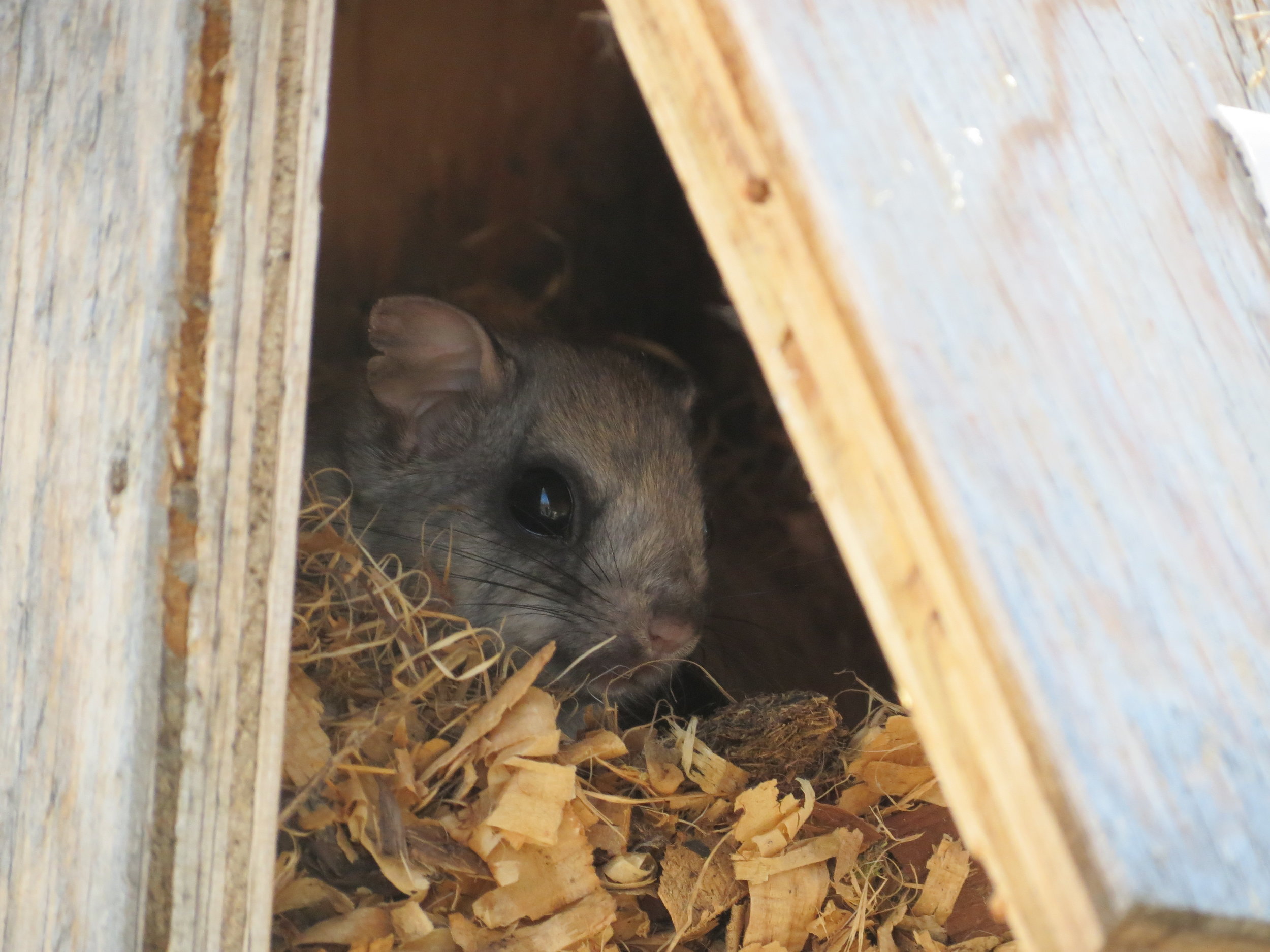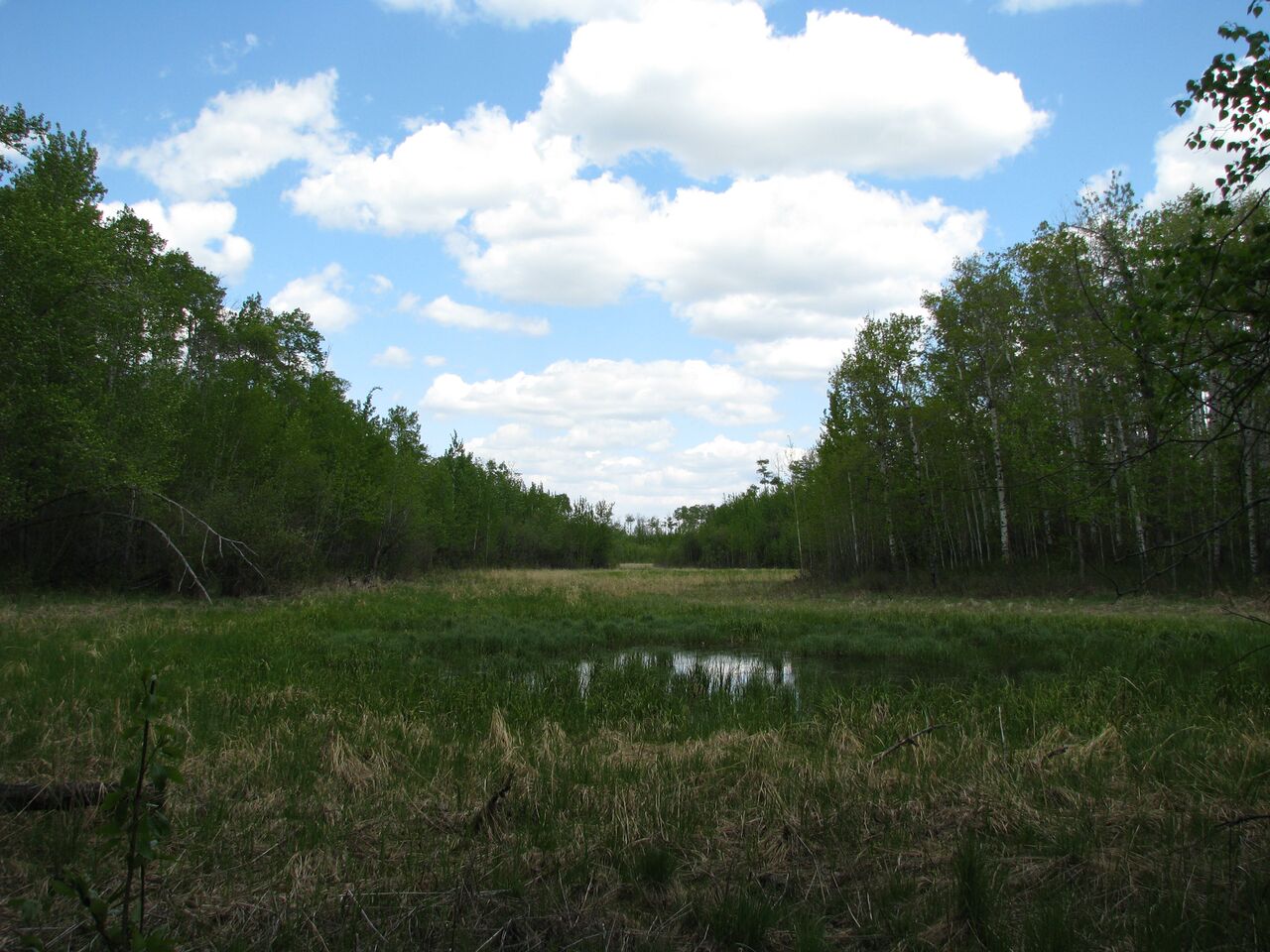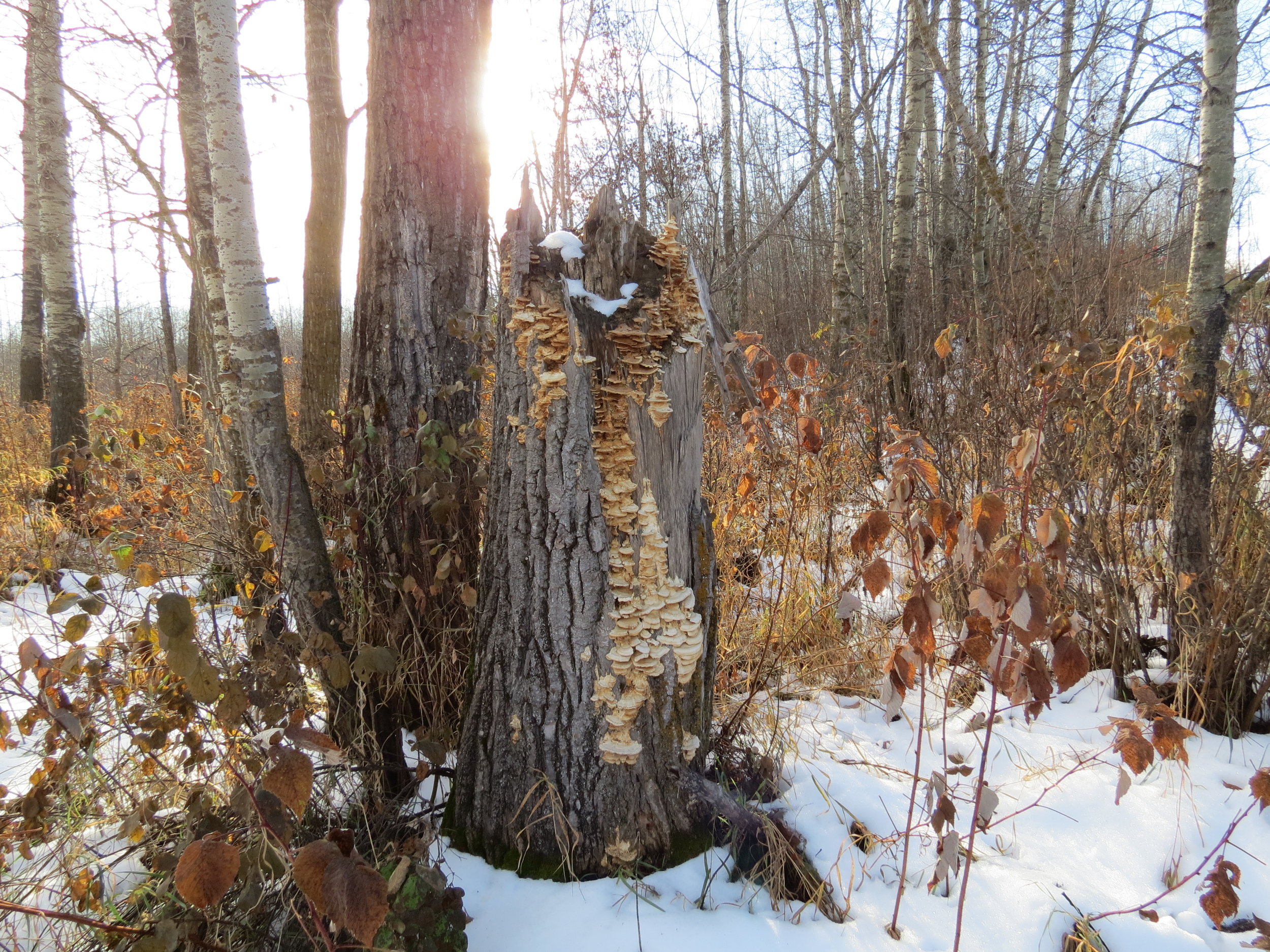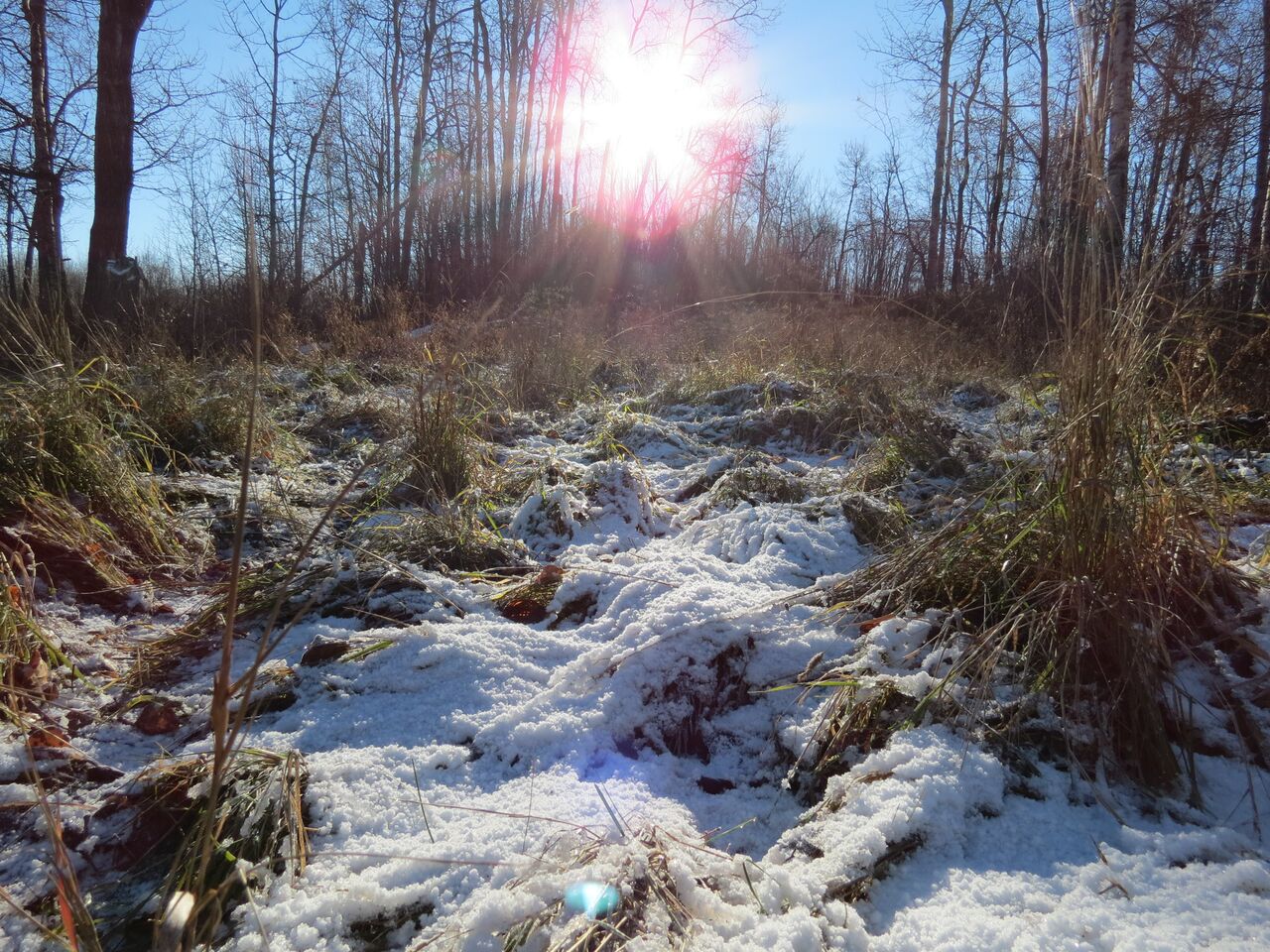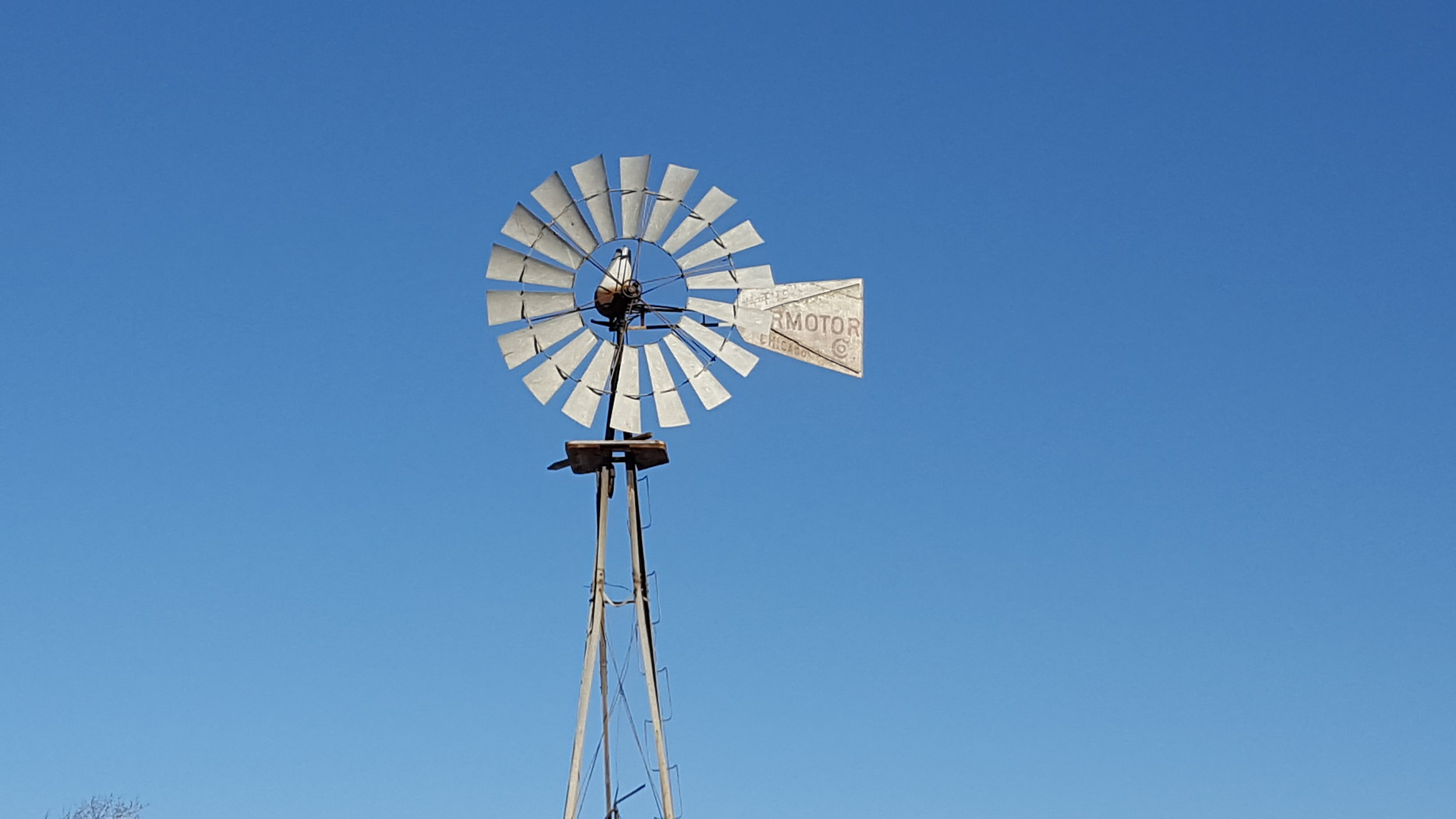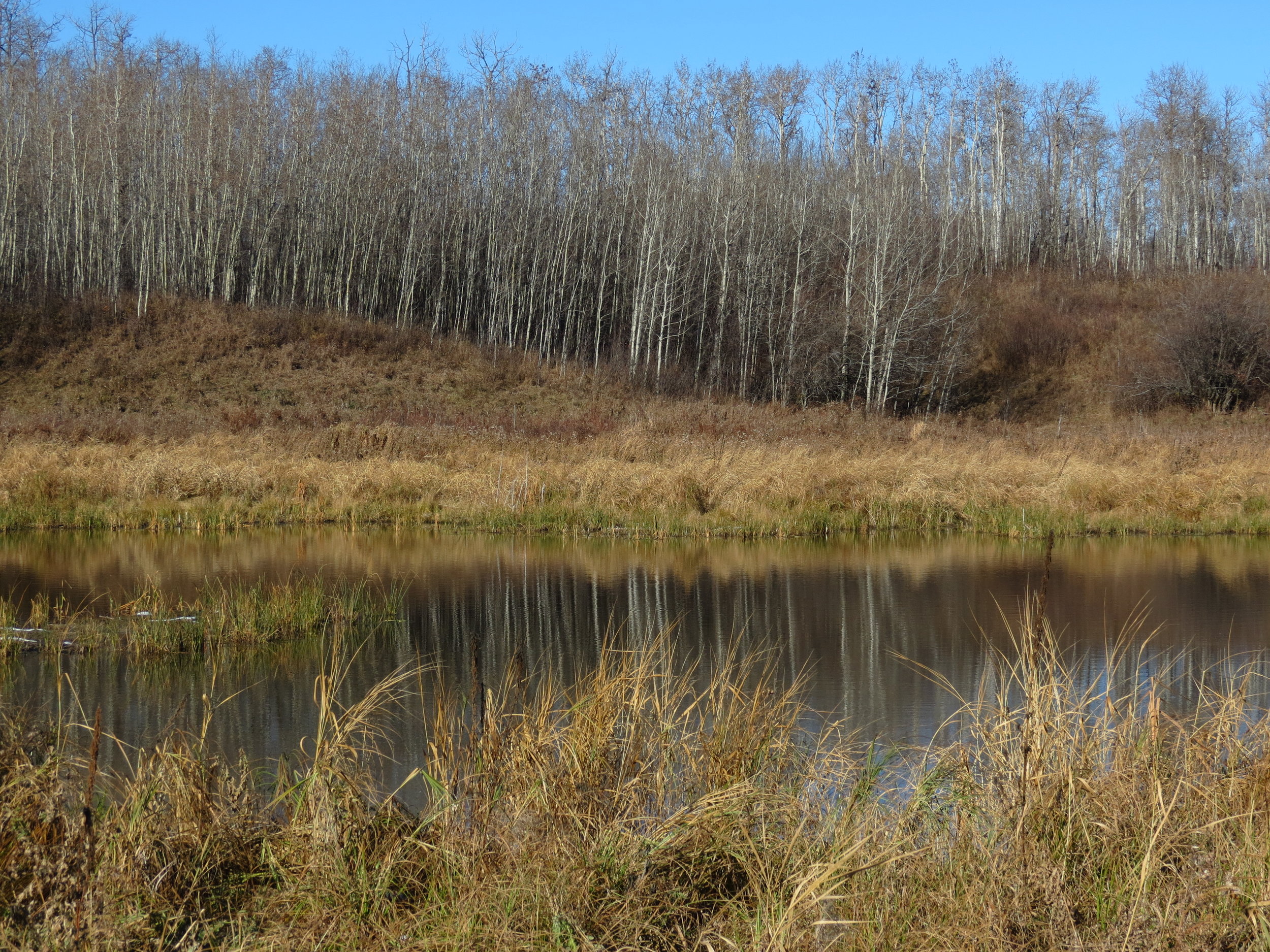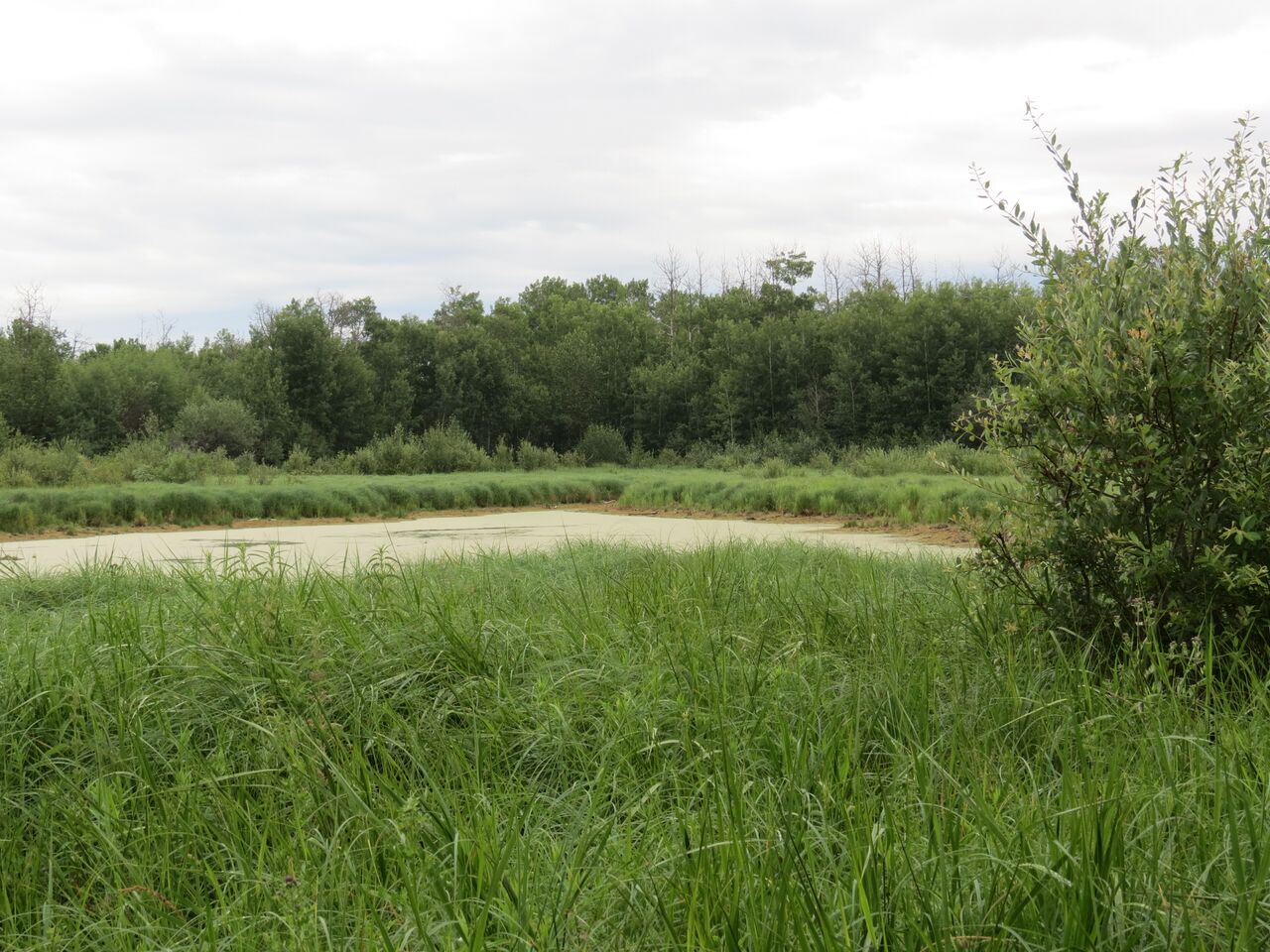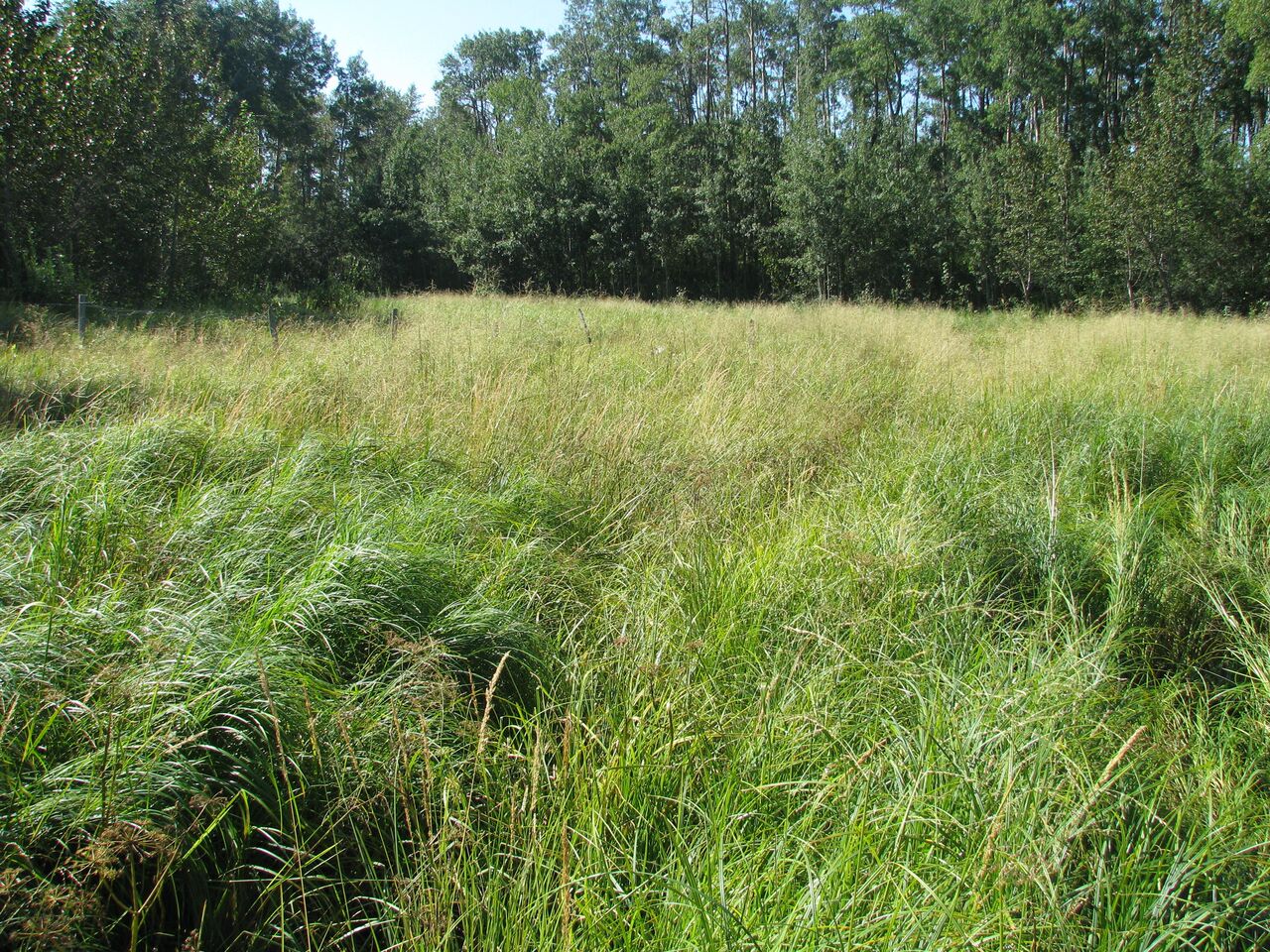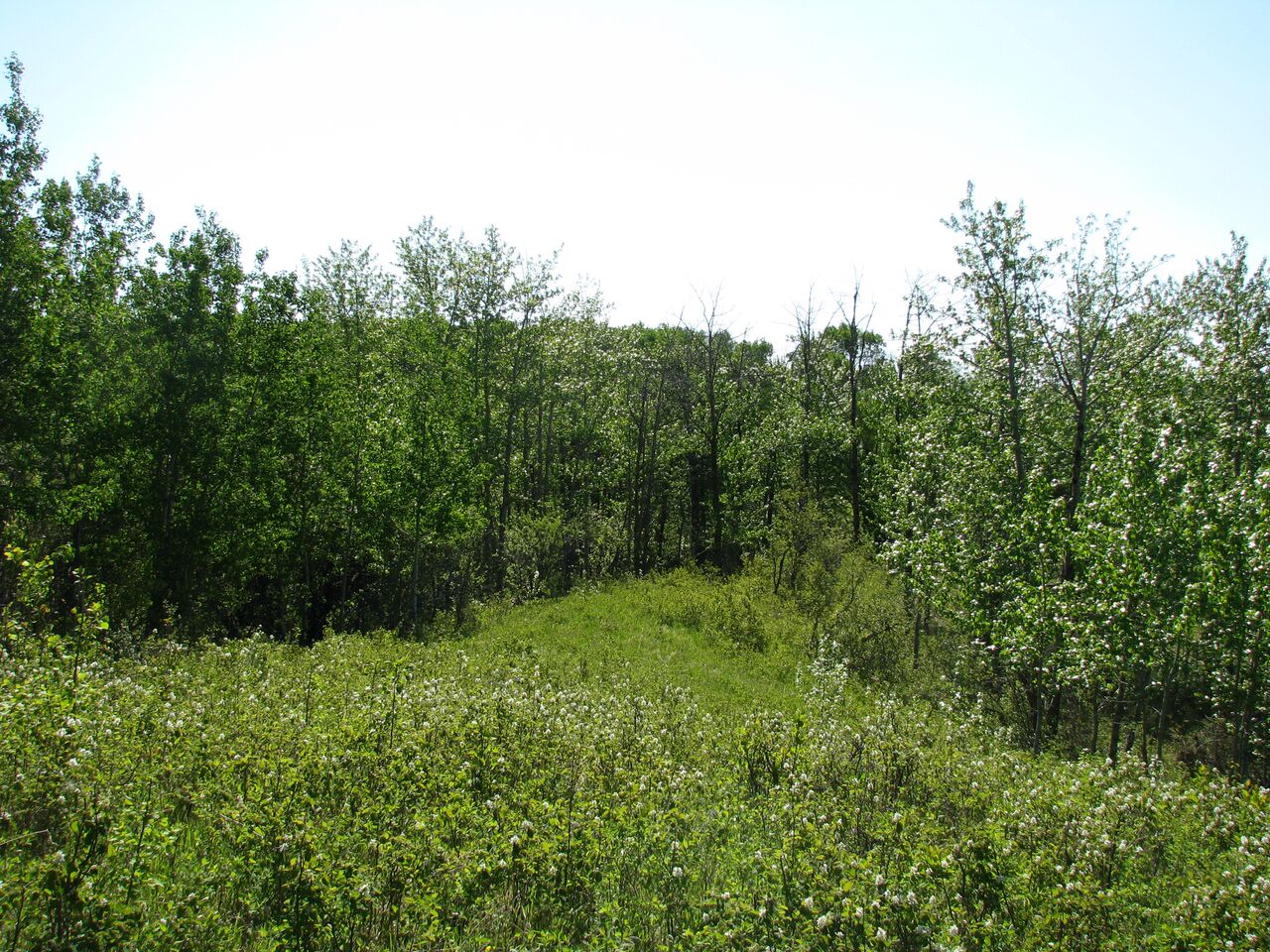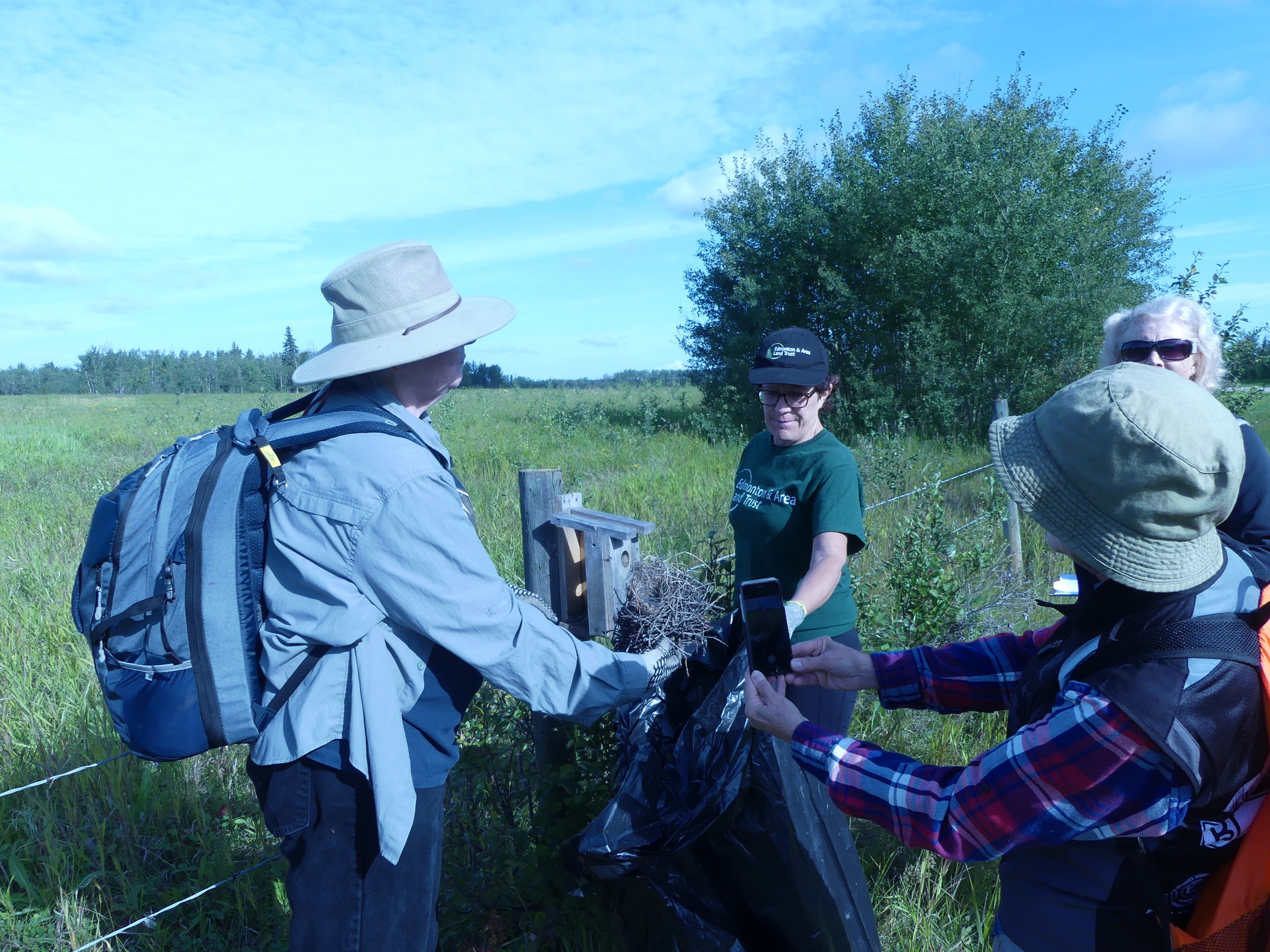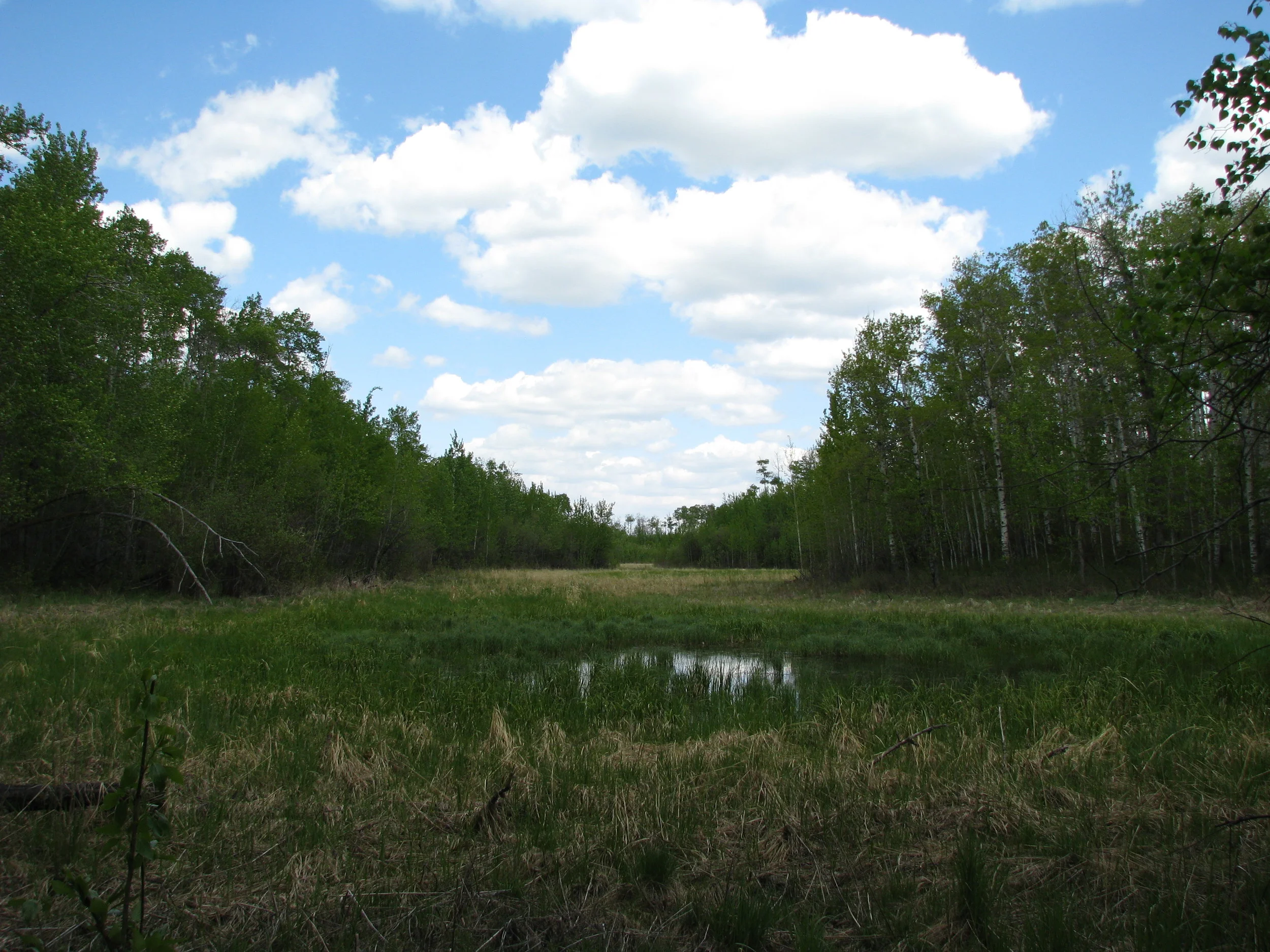
LOCATION
line
• Camrose County
• Adjacent to the Ministik International Migratory Bird Sanctuary
• Within the Beaver Hills UNESCO Biosphere Reserve, & Dark Sky Preserve
• 160 Acres
DIRECTIONS & TRAILS
line
• Recommended for experienced hikers.
• Access through Ministik Game Bird Sanctuary only - do not trespass onto neighbouring lands
• Unmaintained natural trails meander over knob and kettle topography
• Do not disturb young spruce trees in restoration areas
Visit our other sites in the area.
Please note: The Ministik Conservation Land is adjacent to but managed separately from the public Ministik Game Bird Sanctuary. If you are looking for information about the Ministik Game Bird Sanctuary or hunting, please contact Sherwood Park or Camrose Fish and Wildlife.
Hunting is not permitted on EALT’s Ministik Conservation Land.
Wildlife and Habitat
Ministik includes a matrix of wetlands, modified grasslands, and deciduous forest. It provides important habitat for both prey and predator species.
Waterfowl, moose, deer, and small mammals have all been observed on the property along with raptors, wolves, coyotes and horned grebes – a species of special concern.
Importance
Ministik is located in a designated Important Bird Area, and borders the Ministik Bird Sanctuary. By securing this site, we essentially expanded the area protected by the Sanctuary.
There are many wetlands at this natural area, which are important for filtering water and maintaining our water supply. Ministik is located in the Beaver Hills UNESCO Biosphere Reserve, and provides important habitat for wildlife.
Indigenous Connections
Ministik ᒥᓂᐢᑎᐠ means island in Nehiyawewin (Cree). This name is most likely in reference to the many small islands within Ministik Lake. Ministik, Hicks, Golden Ranches, and the Smith Blackburn Homestead are all a part of the Beaver Hills region which was very important for resting when travelling between the hills and the plains in the spring and the fall. Historically, the Beaver Hills region was important for the Tsuut’ina, Nehiyawak (Cree), Anishnaabe (Ojibway/Saulteaux), the Nakota Sioux, and the Niitsitapi (Blackfoot). The hills are called Amiskwaciy by the Nehiyawak, Chaba hei by the Nakota and Kaghghik-stak-etomo by the Niitsitapi, referring to the abundance of beavers. The region’s dense forests, open plains, and lakes offered many resources for different Nations to rest and replenish their stores through hunting, gathering and fishing.
Stewardship Highlights and Recent News


